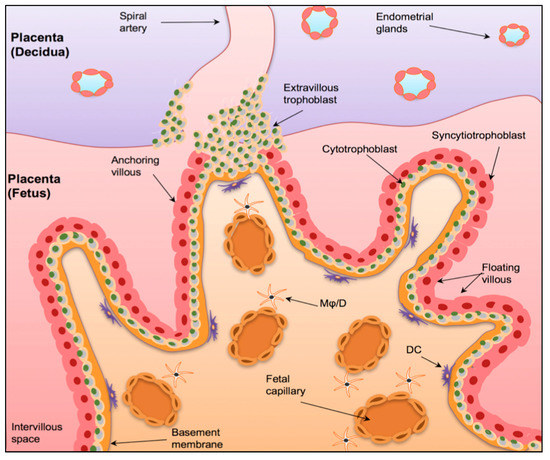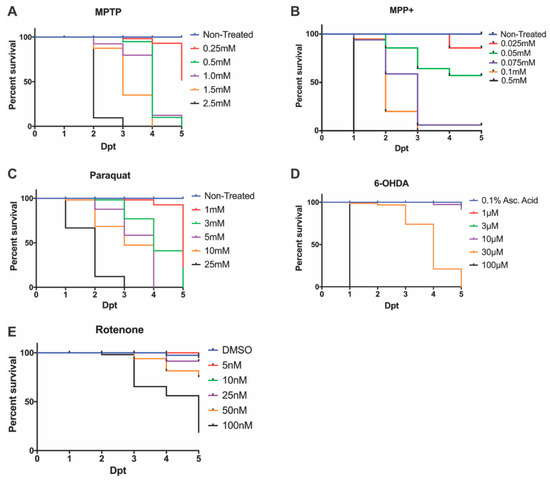Neurotoxicity: Mechanisms and Potential Therapeutic Strategies
A topical collection in Biomedicines (ISSN 2227-9059). This collection belongs to the section "Neurobiology and Clinical Neuroscience".
Submission Status: Closed | Viewed by 21718Editor
Interests: pancreatic cancer; environmental toxicants; mitochondrial toxicity; apoptosis; cellular regulation; tryptophan-kynurenine pathway; indoleamine 2,3-dioxygenase
Special Issues, Collections and Topics in MDPI journals
Topical Collection Information
Dear Colleagues,
We are constantly subjected to toxic insults, most of these insults going unnoticed. Whether it is the environment, occupational or intentional exposure, toxicants are a part of our daily lives. As we go through the day, exposure to toxic metals, chemical by-products, particulate matter, volatile gases, pesticides, etc., occurs constantly. In most instances, this exposure is at a very low level, but continues for an extended time. With chronic exposure, we slowly build deficits, such as a loss of free radical scavenging enzymes, altered protein production and epigenetic changes. Collectively leading to signs and symptoms of neurotoxicity. The intent of this Topical Collection is the discuss mechanisms leading to neurotoxicity, and from these mechanisms, what potential therapeutic strategies are being developed. We would like to bring together a diverse group who are examining many different perspectives of neurotoxicity along with groups developing therapeutics to alleviate or prevent these toxic insults.
Prof. David R Wallace
Collection Editor
Manuscript Submission Information
Manuscripts should be submitted online at www.mdpi.com by registering and logging in to this website. Once you are registered, click here to go to the submission form. Manuscripts can be submitted until the deadline. All submissions that pass pre-check are peer-reviewed. Accepted papers will be published continuously in the journal (as soon as accepted) and will be listed together on the collection website. Research articles, review articles as well as short communications are invited. For planned papers, a title and short abstract (about 100 words) can be sent to the Editorial Office for announcement on this website.
Submitted manuscripts should not have been published previously, nor be under consideration for publication elsewhere (except conference proceedings papers). All manuscripts are thoroughly refereed through a single-blind peer-review process. A guide for authors and other relevant information for submission of manuscripts is available on the Instructions for Authors page. Biomedicines is an international peer-reviewed open access monthly journal published by MDPI.
Please visit the Instructions for Authors page before submitting a manuscript. The Article Processing Charge (APC) for publication in this open access journal is 2600 CHF (Swiss Francs). Submitted papers should be well formatted and use good English. Authors may use MDPI's English editing service prior to publication or during author revisions.
Keywords
- Astrocytes
- Microglia
- Neuroinflammation
- Neurodegeneration
- Oxidative Stress
- protein degeneration
- heavy metals
- pesticides










